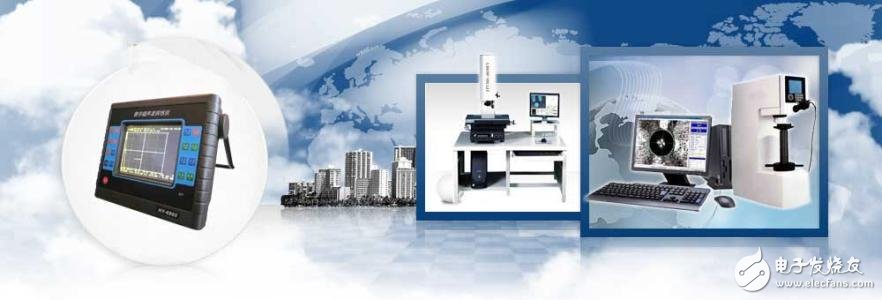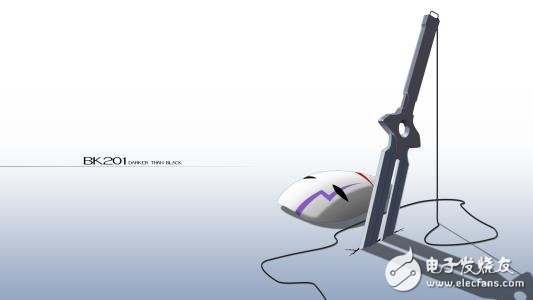At first I wanted to name this part "Basic Algorithm", which was intended to introduce some basic algorithms in image processing. Later, I thought about it carefully and decided not to write it because image processing is a very large concept. Recognition is not equivalent to pattern recognition. It is easy to write empty words without direct meaning to directly introduce content such as basic algorithms for image processing. Readers who are interested can directly search for "Top Ten Classical Algorithms for Image Processing" to properly understand.
The so-called image processing is the technique of analyzing images with a computer to achieve the desired result, also known as image processing. Image processing generally refers to digital image processing. Digital image refers to a large two-dimensional array obtained by shooting with industrial cameras, cameras, scanners and other equipment. The elements of this array are called pixels, and the values ​​are called gray values. Image processing technology generally includes three parts: image compression, enhancement and restoration, matching, description and recognition.
The algorithm is dead, and the focus is on thinking. For example, there is a very simple way to judge whether a student is getting started in the direction of pattern recognition , which is "if you can imagine the image as a point in a high-dimensional space", then it means that Getting started, you can classify images.

Of course, the standard is not unique. In other fields, such as target detection, there will be other judgment standards. In short, we have to process the image, then the image is no longer just an image, it may evolve into various different concepts, it may be a point , May be a face or a coordinate space. In the particle filtering of the classic algorithm of target tracking, each small image block is regarded as a particle; in the subspace theory, a series of images are put together to construct a component main space (such as PCA algorithm and so on) I wo n’t introduce these algorithms in detail. It ’s abstract and old-fashioned if I say more, but what I want to say is that we must understand the image itself. It is an image, a matrix, a container of information, a The representation of this kind of data, the image does not necessarily have to be visually meaningful (such as an image in the frequency domain).
In short , the basic idea of ​​image processing is still to be based on the image itself, to be deep into the internal structure of the image, and to be flexible in thinking. For example, what is the correspondence between an image and a point in a high-dimensional space? This is called qualitative change due to quantitative change. In short, we must think more, sum up more, and take the initiative to delve into it, so that we can truly understand something. The most basic things often contain profound truths. No matter how powerful you are now, you cannot let go of the most basic things. Think about what the image is and what the essential attributes are. You may not get an accurate answer, but you can certainly get some useful insights (a bit like a philosophical question).

Algorithm research should be the core work of image processing, especially the PhD and master's degree in major universities. Here I am not talking about the algorithms on the taller ones. I would like to say some basic things about algorithm research, such as some basic courses, such as matrix operations.
Studying image processing algorithms is inseparable from mathematics. Here I suggest that the master of image processing must take two courses: "Functional Analysis" and "Optimization Algorithm". Some schools have listed these two courses as mandatory courses for graduate students. These two gates can be said to be the basis of image processing (at least pattern recognition). I hadn't used the optimization algorithm at first, but later I made up for it myself, otherwise it was really impossible. As for the functional, I did n’t understand it very much when I was attending the class, but in the subsequent research, I found that the basic theories of many image processing are the same as the boring theorem in functional analysis. Dry goods, learning hard, can't do without it.

The second thing I want to say is matrix operations. An image is a matrix, and image processing is a matrix operation. Why do you like to use Matlab, because its matrix operation ability is too powerful, in Matlab world any variable is a matrix. Similarly, the reason why OpenCv is popular is not only because of its good encapsulation, but also because of its matrix format, which defines the Mat basic class, allowing you to perform various operations on the matrix. Python is no exception. Its Numpy is a specialized linear algebra library.
In the process of image programming, those who look at the tall API functions are all tools in the final analysis. You can find it by looking at the manual. The real core is still the algorithm, the algorithm is written by the formula, the unit of the formula is the variable, and the image is The variable is the matrix. Therefore, it is common to manipulate the matrix, find rank, inverse, least squares, and find covariance. Therefore, if you are lucky enough to take the course "Matrix Analysis", you must understand it. It is dry goods.
Half-cell Monocrystalline Solar Panel
Jiangsu Stark New Energy Co.,Ltd , https://www.stark-newenergy.com